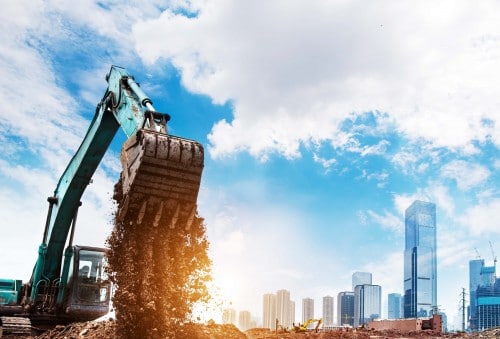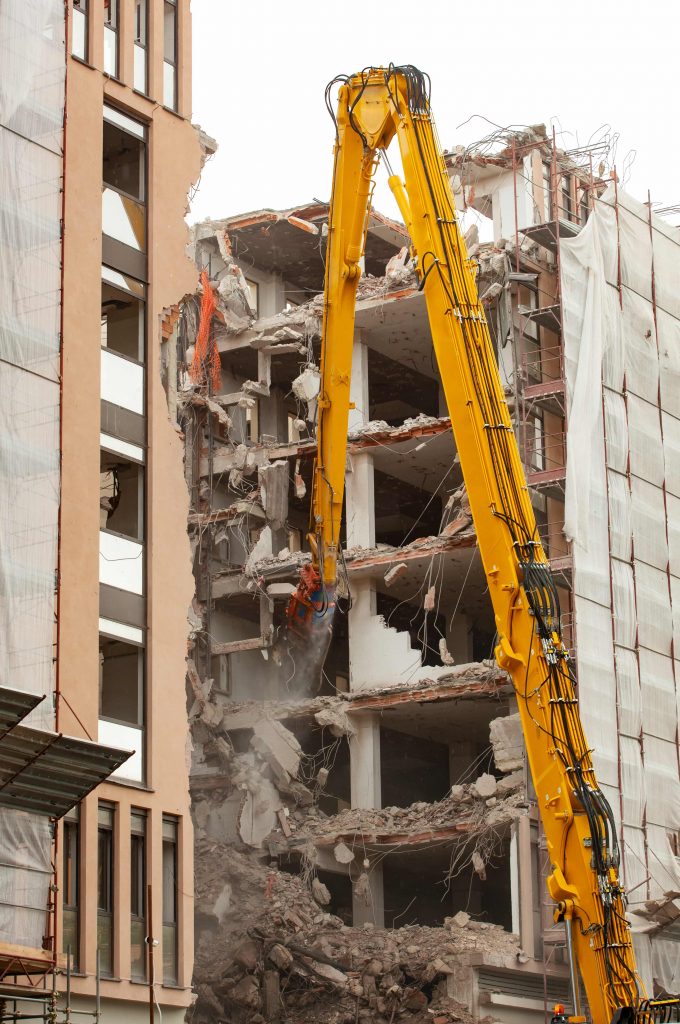Waste & material traceability solution for sustainable facilities

Construction and demolition (C&D) waste is explained as a combination of various materials, containing inert waste, non-inert waste, hazardous waste, and non-hazardous waste. Construction and demolition waste also concerning the types of materials including in each category, the potential for recycling, recovering, and reusing of materials, or within a localized context.
Construction and demolition waste is generated by construction activities, such as expendable and temporary construction materials, scrap, damaged or spoiled materials, and aids that are not included in the finished project, packaging materials, and waste generated by the workforce.
C&D waste often contain;
Meanwhile, EPA America (Environmental Protection Agency) defines C&D waste as a classification of waste that is autonomous from municipal solid waste. According to the Environmental Protection Agency, 569 million tons of C&D waste were generated in the United States in 2017, which is more than twice the amount of generated municipal solid waste.
Reducing the C&D materials disposed of in landfills or incinerators has some benefits:

Source reduction reduces life-cycle material and energy use, and waste generation. Source reduction intercepts waste from being generated in the first place. Some examples of this include optimizing the size of new buildings, designing new buildings for adaptability to prolong their life, preserving existing buildings rather than constructing new ones, use of construction methods that allow facilitating and disassembly reuse of materials. Reducing C&D waste also reduces the environmental impact of producing new materials.
Construction and demolition materials can be diverted and used as a resource. Recovering used construction and demolition waste for further use is effectively used to conserve natural resources and save money.
Almost every building component and construction waste can be recycled. Rubble and concrete are often recycled into aggregate and concrete products. Wood can be recycled into engineered wood products like furniture. Metals like brass, copper, and steel are also valuable resources to recycle. The benefits of recycling are now widely recognized by the public, and participation in local recycling programs has become a way of life for most citizens.
The construction industry is a significant contributor to extreme natural resource consumption, waste generation and accumulation; degradation and depletion degradation; and environmental impact and degradation. The amount of waste generated by C&D activity is substantial. This is why construction and demolition industries need to find suitable methods to manage the materials that generate waste during construction activities. Managing C&D waste in an effective way is a critical component to save our environment, natural resources, economy, society, etc.
Each type of waste generated by construction and demolition activities should be managed based on efficient and proper mechanisms of waste prevention and business owners need to build a smart and sustainable environment to make the C&D industry more efficient. So a comprehensive waste management solution for the C&D industry is a must. Business owners can achieve it in a fully digital way in one platform with Evreka! From fleet monitoring, scheduling, route planning, and optimization to dynamic reporting… All in one platform!